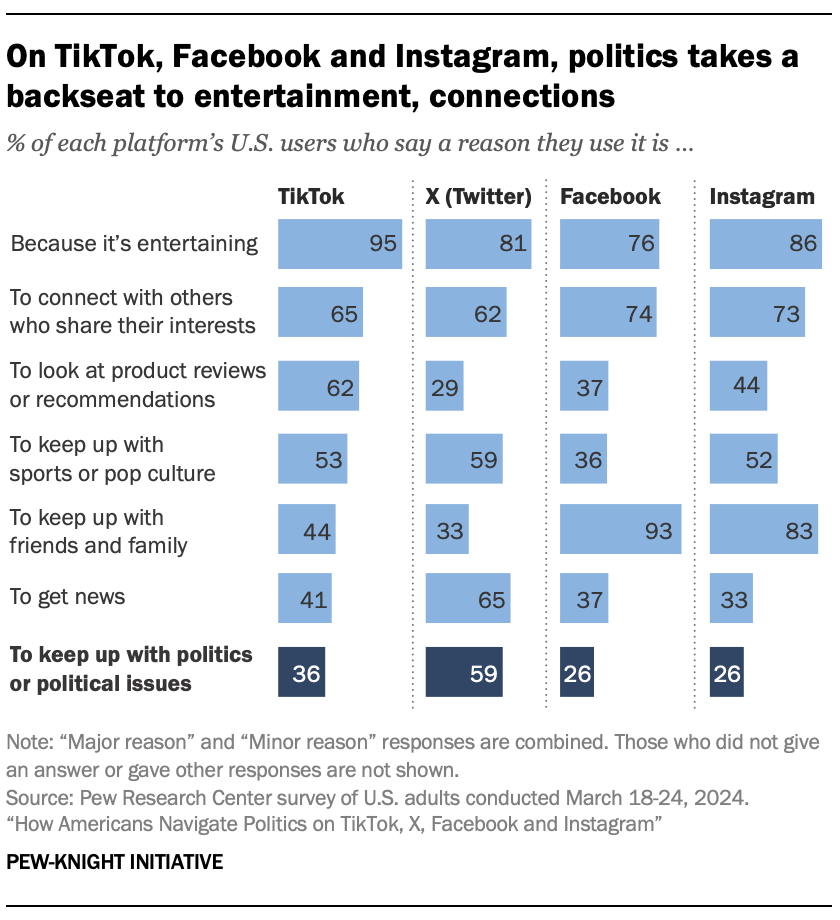Influence Warfare
This is an academic style paper designed to introduce a field of security. This is not the work of a security professional. These are the researched musings of an security student. This is also a living document, things might change as I do more research and change my mind.
White Noise
White Noise by Don DeLillo is a 1985 work of contemporary literature which delves into technology in modern life through a surreal lense. Throughout the novel the main characters are bombarded with conflicting narratives about a disaster which disrupts their lives. Though the novel was written before the widespread adoption of the internet, it serves as an excellent work to introduce and conceptualize the tangible threat of the fragility of the human concept of reality.
Building on the exploration of media and perception in Don DeLillo’s White Noise, we can draw a parallel to the contemporary landscape of modern disinformation. Just as the novel illustrates a world overwhelmed by incessant media noise that distorts reality, today’s digital age is marked by an even more pervasive form of disinformation. This phenomenon mirrors the chaotic and disorienting media environment depicted in DeLillo’s work, highlighting the urgent need to critically navigate the deluge of information that shapes our understanding of the world. The work also exposes the importance of evolving research and work into the topic of online disinformation, encouraging the work of this paper.
Influence Warfare
This paper introduces Influence Warfare as new field in cyberwarfare.
Influence Warfare (IW) is the discipline of manipulating the media exposed to a target. Note that the target could be an individual, such as a high ranking elected official, or a group, such as the voters in a political district.
While traditional Information Security is about access to immutable, secured data, Influence Warfare is about the authenticity of (often, but not necessarily) public data.
Influence campaigns are a well known and researched tactic in cyberwarfare. There are many examples of consequential influence campaigns, such as Russian influence on social media during the 2020 election. Influence campaigns are campaigns intended to change the opinion of a target through exposure to certain media, often with disinformation. They also usually target platforms which allow users to create their own content legally, such as social media. IW is not limited by that requirement, it does not distinguish a disinformation social media post from a hacked TV showing a false news channel.
There are many different strategies and tactics which don't fall into the influence operations category but still require a specific label. For example,
- Censorship: The act of withholding or censoring certain information from a target. Currently this class doesn't fit into influence operations.
- Secured Data Manipulation: The act of changing private data in order to elicit a certain response from a target (IE changing bank statements).
- Demoralization Campaigns: The act of exposing a target to information which is solely intended to demoralize the target, by targeting their mental health.
The definition also doesn't distinguish between false and true information, while influence campaigns largely focus on the spread of disinformation. Controlling the flow of true information would also therefore fall in this category. For example, an opposition force could wage warfare against a authoritarian rival by exposing information about democracy and freedom into the Totalitarian State's private internet, where it usually is illegal to keep or spread.
Recalibration
"Influence Campaigns" Is the typical label for any operation which aims to sway public opinion by injecting the public psyche with differing information. The term "campaign" lends a sense that such actions occur on a limited timeframe, in order to enact a specific change. This paper proposes using the term "Influence Warfare" for in order to classifying actions which are similar but cannot fit into that narrow definition.
An Interconnected Age
Influence campaigns largely came about with the rise of the internet and the newfound connectedness which bombarded a large part of humanity with information, "facts", and opinions which has never happened on such a large scale before. When the World Wide Wed was first envisioned, it may have been thought of as a tool, something that a human could reach out to and use for a specific purpose, but that definition has widely changed as the internat and technology continues to integrate with our society.
According to a survey by the Pew Research Center, 65% of the surveyed users said that they use TikTok to connect with others who share their interests, 62% said to find product reviews and recommendations, 44% to keep up with family and friends, 41% to get news, and 36% to keep up with politics. As the dependence with the internet to receive information and opinions grows, so to do the ways that poisoned media input can affect a society or target.

One more difference between influence campaigns and influence warfare is the timeframe. As all major societies rely on the internet rely on the internet, all societies present an attack surface for enemies to exploit. Also, as the attack surface is online, attributing such an attack to a party is difficult to do with confidence, which allows for major attacks by enemies with little to no response. This all opens the door for prolonged, broad influence warfare against an enemy in cyberspace as opposed to a influence campaign which lasts for a short time in order to reach a specific goal.
This article is an abstract introduction to Influence Warfare, the following article Applied Influence Warfare discusses tangible examples.